Linux Foundation CKAD Exam Dumps FAQs
1. What is the Linux Foundation CKAD Certified Kubernetes Application Developer Exam?
The Linux Foundation CKAD Certified Kubernetes Application Developer Exam is a certification exam that tests the candidate’s ability to design, build, and deploy cloud-native applications for Kubernetes. The exam assumes working knowledge of container runtimes and microservice architecture. The successful candidate will be comfortable working with (OCI-compliant) container images, applying Cloud Native application concepts and architectures, and working with and validating Kubernetes resource definitions.
2. What is the format of the Linux Foundation CKAD Certified Kubernetes Application Developer Exam?
The Linux Foundation CKAD Certified Kubernetes Application Developer Exam is an online, proctored, performance-based test that consists of a set of performance-based tasks (problems) to be solved in a command line. Candidates have 2 hours to complete the tasks. The exam assumes working knowledge of container runtimes and microservice architecture.
3. What are the domains and competencies covered in the Linux Foundation CKAD Exam?
The Linux Foundation CKAD exam covers the following domains and competencies:
- Application Design and Build (20%)
- Application Deployment (20%)
- Application Observability and Maintenance (15%)
- Application Environment, Configuration, and Security (25%)
- Services and Networking (20%)
4. What is the passing score for the Linux Foundation CKAD Certified Kubernetes Application Developer Exam?
The passing score for the Linux Foundation CKAD Certified Kubernetes Application Developer Exam is 66%.
5. What is the validity period of the Linux Foundation CKAD Certification Exam?
The Linux Foundation CKAD Certification Exam is valid for 3 years.
6. What is the difference between the Linux Foundation (CKAD) Certification Exam and Linux Foundation (CKS) Certification Exam?
The Certified Kubernetes Application Developer (CKAD) certification certifies that candidates can design, build, and deploy cloud-native applications for Kubernetes. A CKAD can define application resources and use Kubernetes core primitives to create/migrate, configure, expose, and observe scalable applications.
The Certified Kubernetes Security Specialist (CKS) certification is designed to provide assurance that certification holders are accomplished Kubernetes practitioners (as evidenced by holding the CKA credential) who have demonstrated competence on a broad range of best practices for securing container-based applications and Kubernetes platforms during build, deployment, and runtime.
7. Does DumpsMate offer CKAD exam preparation materials?
Yes, DumpsMate provides a comprehensive study package for the CKAD exam, including:
- CKAD PDF study guide: Summarizes key concepts and exam objectives.
- CKAD Practice questions: Test your knowledge in a realistic exam format.
- CKAD Exam dumps: Real exam questions and explanations (subject to legal and ethical considerations).
- CKAD Testing engine: Simulate the exam environment and track your progress.
8. What is the success rate for the Linux Foundation CKAD Dumps?
The pass rate for the Linux Foundation CKAD dumps varies depending on preparation level and individual aptitude. DumpsMate's comprehensive CKAD study materials have helped numerous students achieve success, boosting their confidence and chances of passing the exam.
9. What are some additional benefits of taking the CKAD Practice Questions?
Earning your CKAD certification demonstrates your proficiency in Kubernetes, making you a more attractive candidate to employers. Linux Foundation CKAD Practice Questions opens doors to exciting career opportunities in the rapidly growing cloud native space. You'll also gain valuable knowledge and skills that directly benefit your projects and workflow.
10. What is the suggested preparation time for the Linux Foundation CKAD Practice Exam?
The suggested preparation time for the Linux Foundation CKAD practice exam is 2-3 months. The CKAD exam assumes working knowledge of container runtimes and microservice architecture.

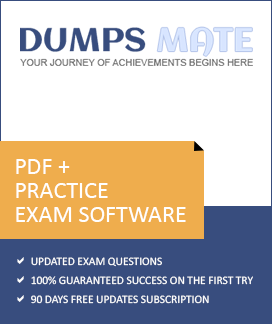

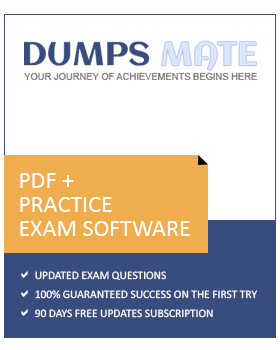
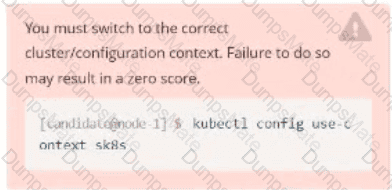

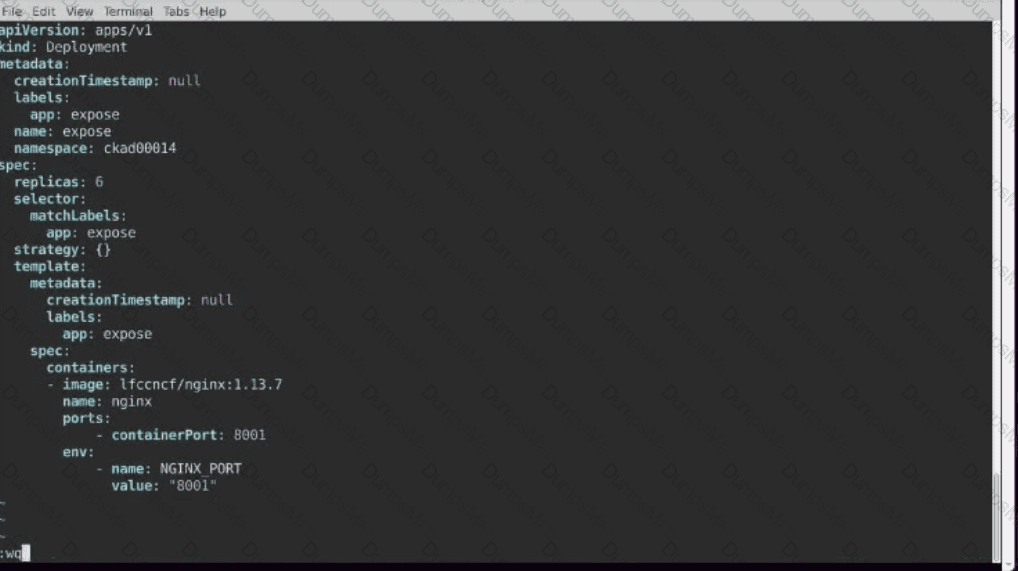 Text
Description automatically generated
Text
Description automatically generated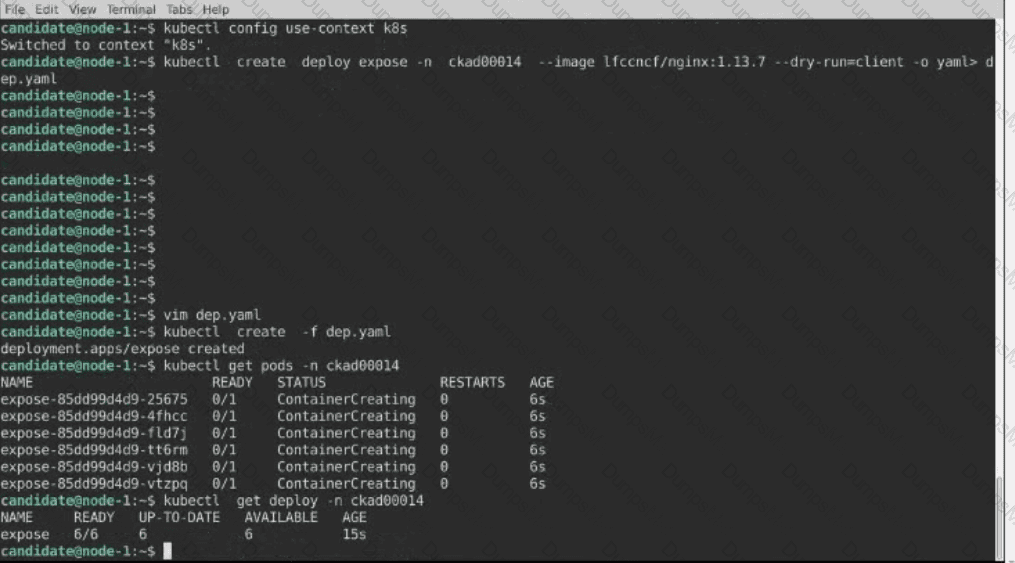 Text
Description automatically generated
Text
Description automatically generated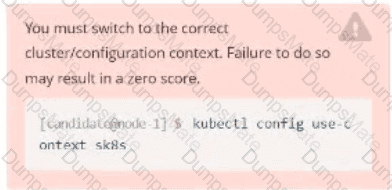
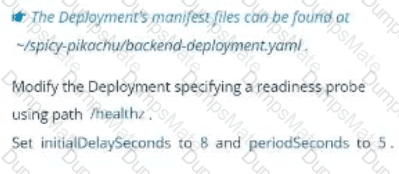
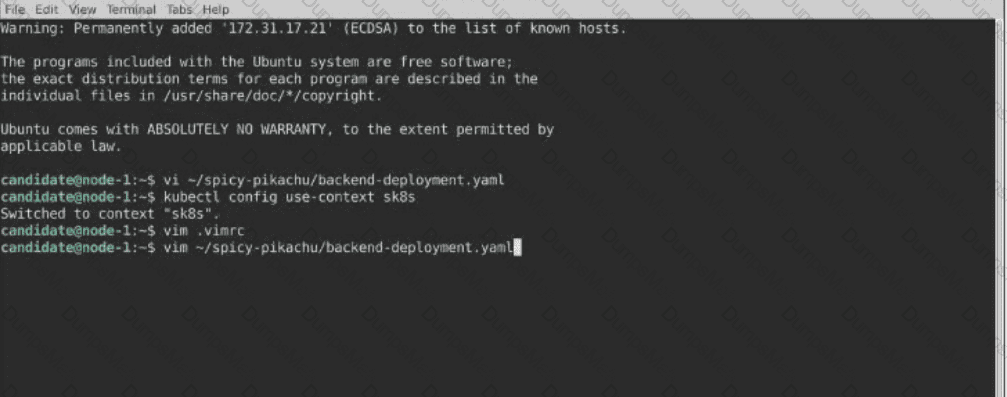
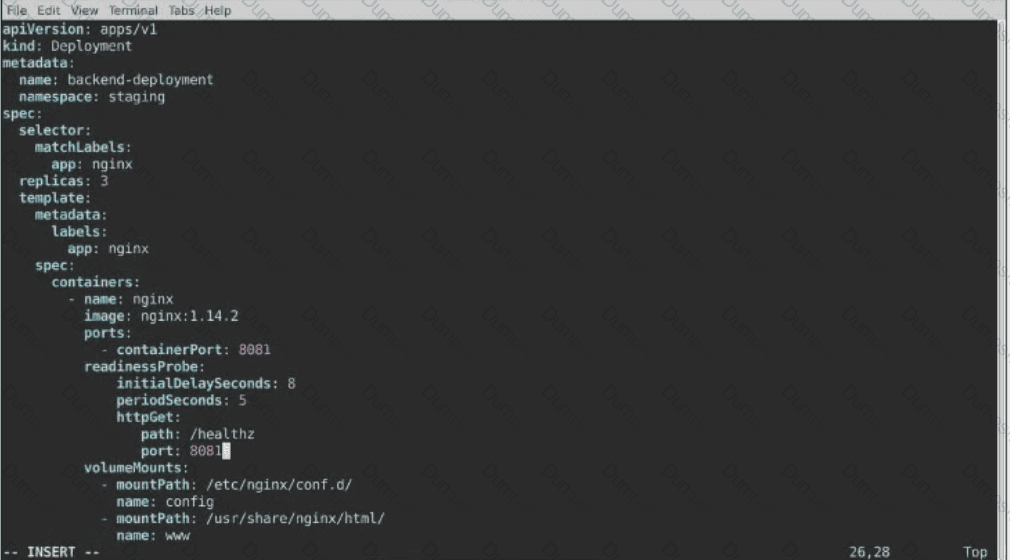 Text
Description automatically generated
Text
Description automatically generated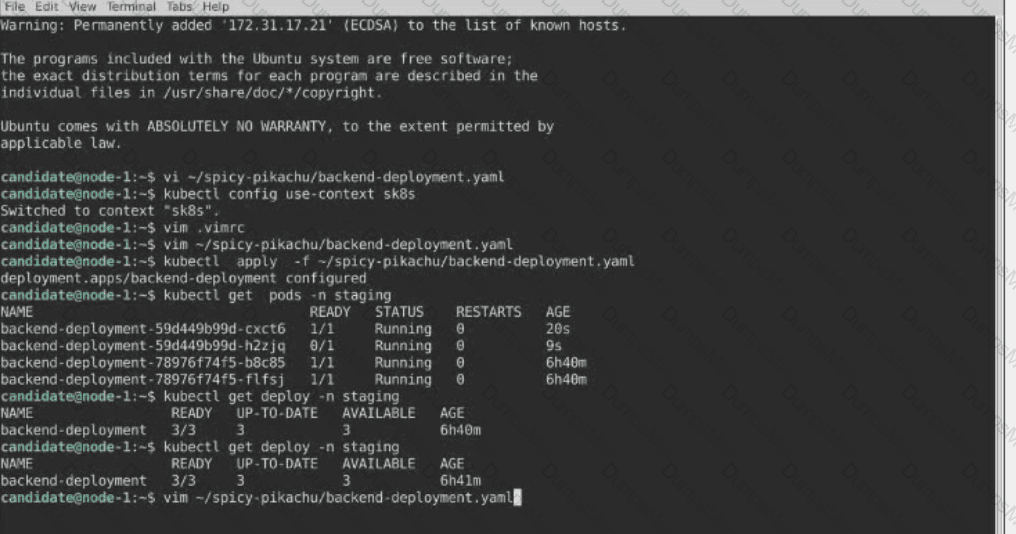
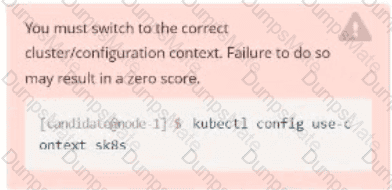
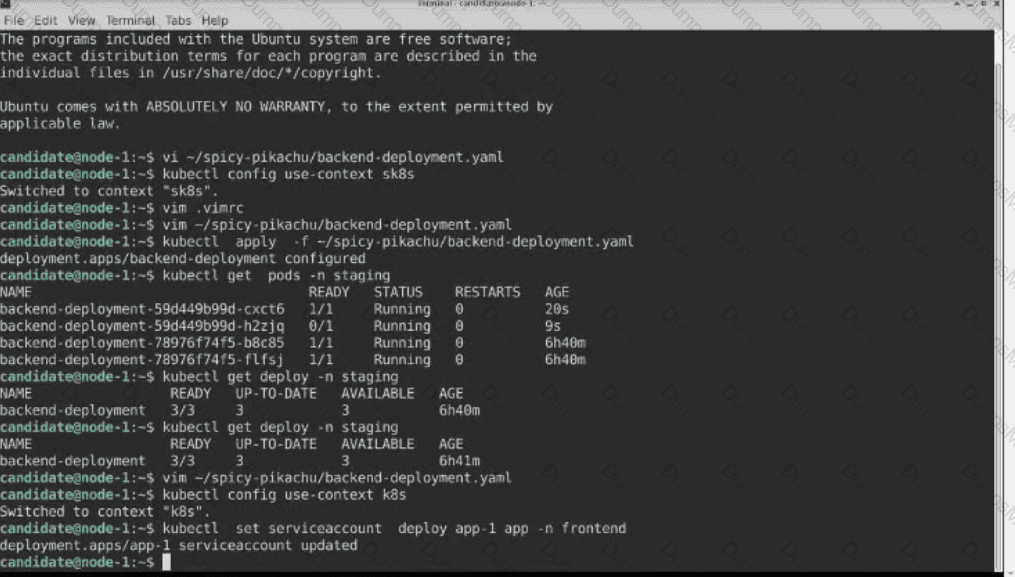 Text
Description automatically generated
Text
Description automatically generated


